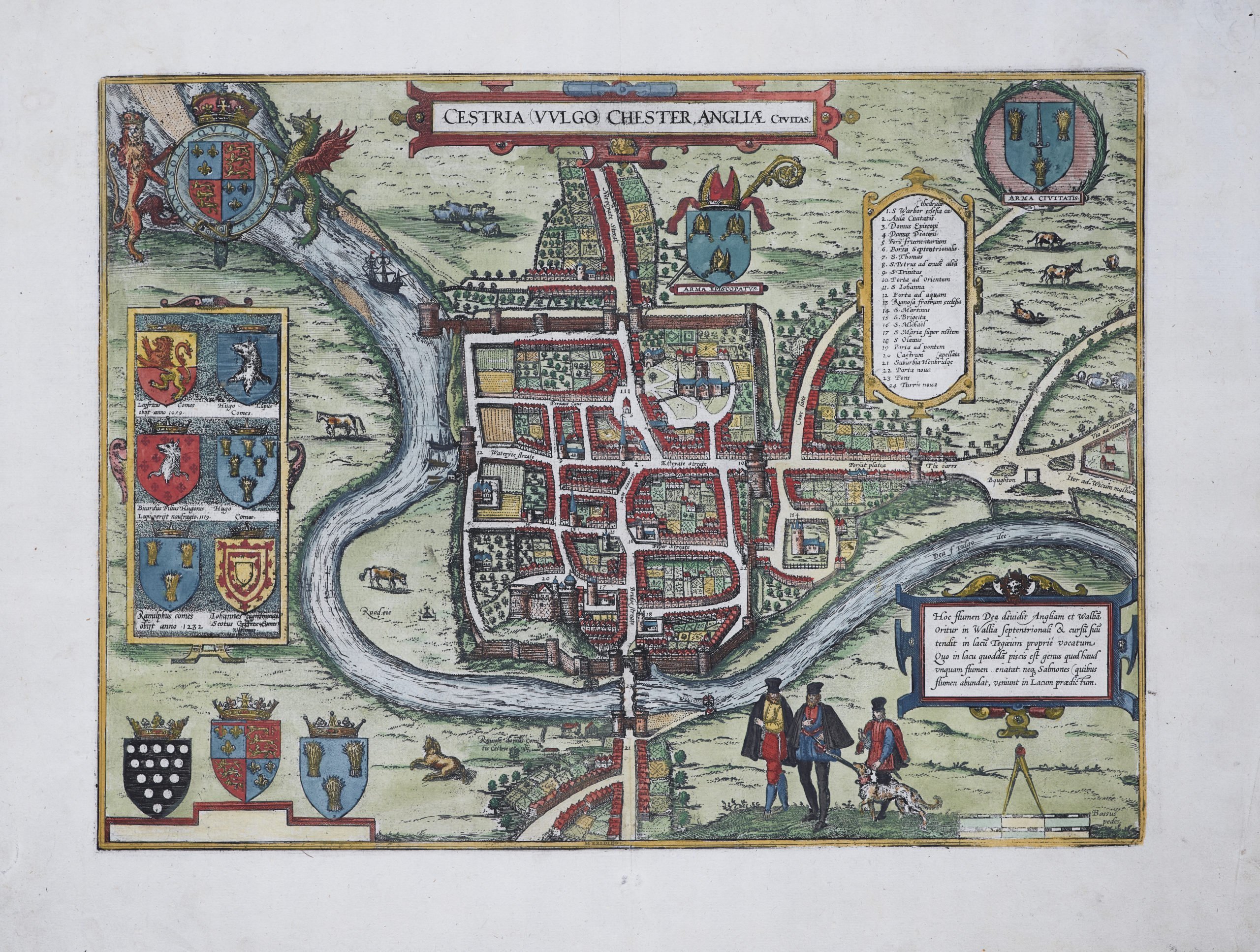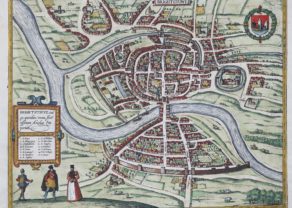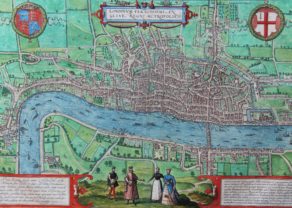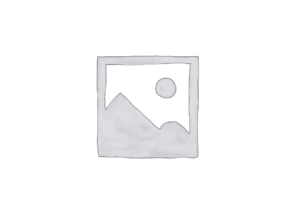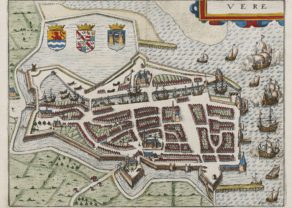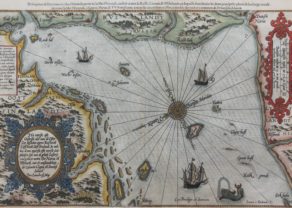Chester – Cestria vulgo Chester, Angliae Civitas
Embellished with 12 weapons; scale bar bottom right.
Detail
Date of the first edition: 1581
Dimensions (not including margins): 32,5 x 44 cm
Condition: superb. Sharp copper engraving printed on paper. Centre fold is as published. Excellently original coloured. Wide margins.
Condition rating: A+
Verso: text in French
Reference: Taschen, Br. Hog., p. 205
From: Civitatis Urbis Terrarum (III: Urbium praecipuarum totius mundi, liber tertius), date of first edition 1581 and date of this edition 1588, Gottfried von Kempen, Köln. After drawing by William Smith.
In stock
Chester commented by Braun (on verso):
“The name of the town founder is unknown, if one has seen the houses constructed from enormous stones, one believes that the city was the work of giants or the Romans, in any case not the English. One also finds inscribed ancient names, that of Julius Caesar among others. […] The city has a hospital and quarantine stations, nine parish churches and an attractive cathedral.”
CARTOUCHE TOP: Cestria, in English Chester, a city in England.
CARTOUCHE BOTTOM: The River Dee divides England and Wales. It has its source in the north of Wales and flows into the sea called Tegaeus, in whose waters lives a specific type of fish that never swims up river, just as the salmon that swarm the river never venture into the aforesaid sea.
Taschen on Chester:
The schematic bird’s-eye view shows the city from the south, ringed by a nearly square-shaped city wall. On top of the man-made knoll in the left foreground lies Chester Castle (20), a defensive fortification against Celtic assaults, which was erected following the Norman Conquest in 1066 to secure the nearby bridge (23) over the River Dee. Chester was founded two millennia ago as Castra Devana, serving a Roman Legion that was posted there to ward off the Celtic Welsh as an important harbour and defensive position. Following the withdrawal of the Romans, the Anglo-Saxons extended the walls in order to protect the city against incursions by the Danes. Fortified further during Norman times, Chester was intermittently the largest inland harbour in England, whose transshipment activities brought prosperity to the city.
